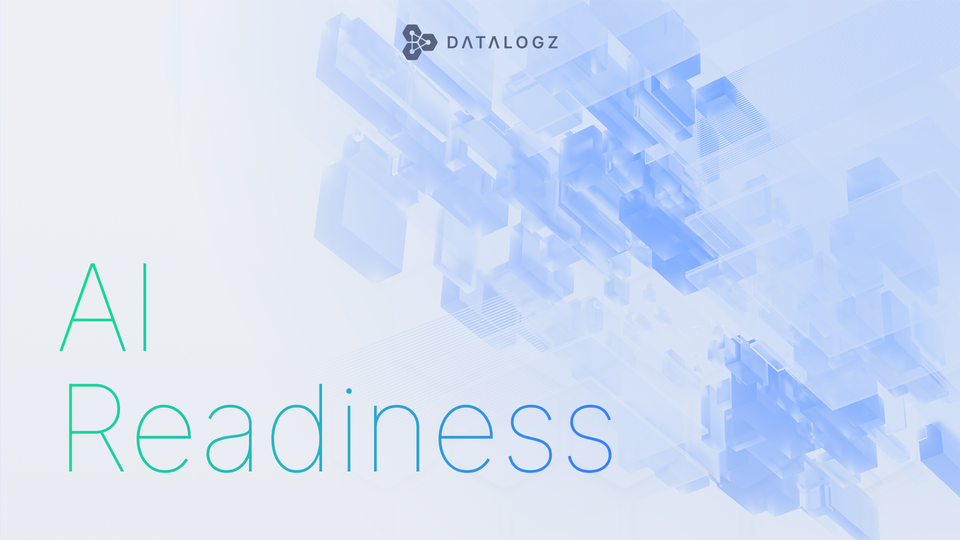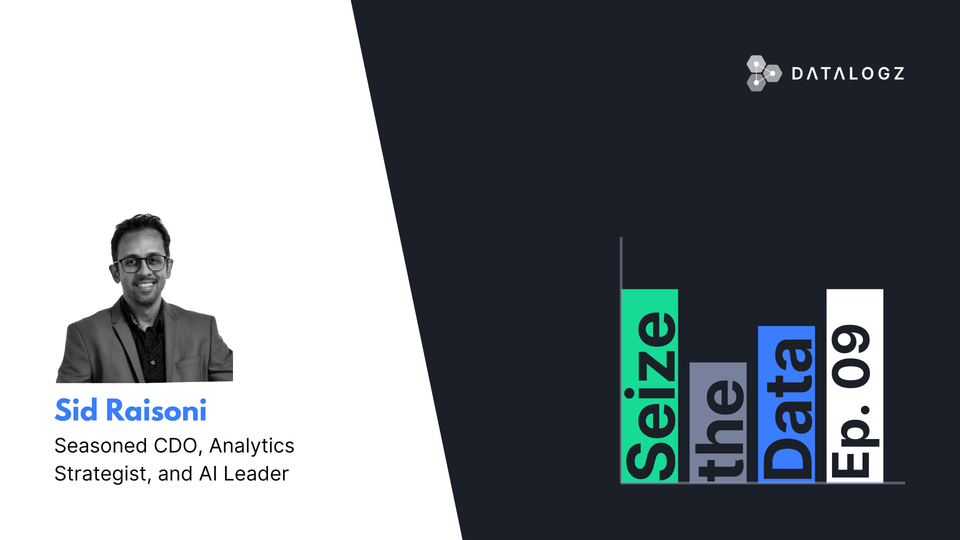How to Streamline your BI Infrastructure for Better Governance?
By identifying gaps in infrastructure, developing a governance framework, implementing data quality checks, and establishing data ownership, organizations can improve the efficiency and effectiveness of their BI ecosystems.

In today's fast-paced business world, the ability to make data-driven decisions is critical for any organization's success. Business intelligence operations (BI Ops) play a vital role in streamlining the BI infrastructure to ensure that organizations can effectively use data to drive business outcomes. However, this process is often complicated by gaps in infrastructure, such as data silos and lack of collaboration. In this blog post, we will discuss ways to identify these gaps and explore how developing a governance framework, implementing data quality checks, and establishing data ownership can streamline your BI infrastructure for better governance.
Identifying Gaps in BI Infrastructure
Before we can streamline our BI infrastructure, we must first identify the gaps that hinder our ability to make data-driven decisions. These gaps can manifest in various ways, including data silos, disparate data sources, and a lack of collaboration across departments. These issues can create inefficiencies that hinder the speed and accuracy of decision-making processes, leading to costly delays and missed opportunities. Therefore, it is crucial to identify these gaps and develop a plan to address them.
Developing a Governance Framework
A governance framework is a set of policies, procedures, and standards that dictate how data is collected, stored, and used. Developing a governance framework is a crucial step in streamlining your BI infrastructure. It helps organizations establish a clear understanding of how data is used and shared, creating consistency and accountability across departments.
A well-defined governance framework enables BI Ops to prioritize data based on its value, allowing organizations to use their resources efficiently. The framework should also include guidelines for data privacy, data security, and data quality. Additionally, a governance framework should define the roles and responsibilities of different stakeholders in the BI infrastructure, ensuring accountability and transparency.
Implementing Data Quality Checks
The accuracy and reliability of BI infrastructure rely heavily on the quality of the data being used. Implementing data quality checks is essential in ensuring that data is reliable, consistent, and error-free. These checks can include identifying and correcting missing or inaccurate data, standardizing data formats, and validating data against predetermined rules and metrics.
To achieve this, organizations should establish a data quality monitoring system that continuously monitors data quality, identifies any issues, and implements corrective measures. This system should involve all stakeholders, including data analysts, data scientists, and business users, to ensure that data quality is everyone's responsibility.
Establishing Data Ownership
Establishing data ownership is essential in ensuring that data is used and shared in a way that is consistent with organizational objectives and values. It involves defining who owns and is responsible for data across the organization, ensuring that there is a clear understanding of the data's usage and access.
Data ownership can help streamline BI infrastructure by promoting collaboration, reducing data silos, and minimizing the risk of data breaches. It also ensures that data is protected and used in a way that aligns with the organization's objectives, enabling better decision-making and more effective governance.
Streamlining BI infrastructure for better governance is critical in today's business world. By identifying gaps in infrastructure, developing a governance framework, implementing data quality checks, and establishing data ownership, organizations can improve the efficiency and effectiveness of their BI infrastructure. This will ultimately lead to better decision-making, improved collaboration, and better business outcomes.
Some additional considerations that can help streamline BI infrastructure include implementing automation tools and leveraging cloud-based solutions. Automation tools can help reduce the time and effort required to manage data by automating routine tasks such as data extraction, transformation, and loading. This frees up resources to focus on more strategic initiatives, such as data analysis and visualization.
Cloud-based solutions can help streamline BI infrastructure by providing a scalable and cost-effective way to store and process data. Cloud-based solutions also provide greater flexibility in managing data, enabling organizations to quickly adapt to changing business needs.
It is worth noting that streamlining BI infrastructure is an ongoing process that requires continuous evaluation and improvement. Organizations must be vigilant in monitoring the effectiveness of their governance framework and data quality checks to ensure that they continue to meet their objectives. Additionally, organizations must be prepared to adapt to changes in the business environment, such as emerging technologies or shifting priorities.
In conclusion, streamlining BI infrastructure for better governance is crucial for organizations looking to make data-driven decisions. By identifying gaps in infrastructure, developing a governance framework, implementing data quality checks, establishing data ownership, and leveraging automation tools and cloud-based solutions, organizations can improve the efficiency and effectiveness of their BI infrastructure. This will ultimately lead to better decision-making, improved collaboration, and better business outcomes.




